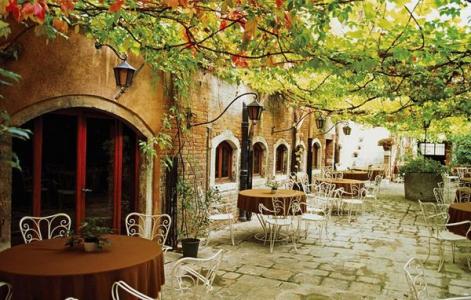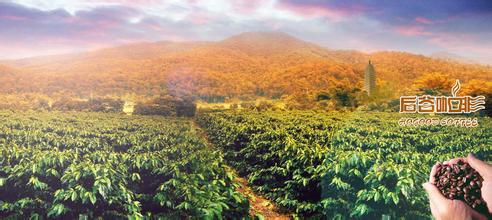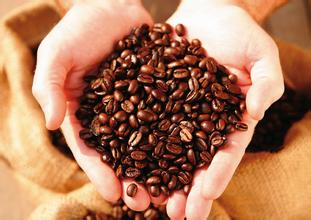Ethiopian Sidama Coffee Bean Taste Treatment Method Grinding Scale Variety Introduction
Introduction to the varieties of grinding scale of Ethiopian Sidamo coffee beans by taste treatment
1. Check the siphon pot upper / lower seat and filter, filter cloth is in good condition, timer, stirring bar, coffee spoon is complete.
two。 The use of pure water, in order to improve the production speed, can directly heat hot water.
3. Add water according to the scale on the lower seat of the siphon pot (a little more than the actual amount of water).
4. Before heating the fire, dry the water droplets outside the upper / lower seat of the siphon pot with a mouth cloth (to prevent the siphon kettle from being damaged).
5. Add hot water to the coffee cup or put it on a cup warmer to warm the cup (to prevent the aroma and acidity of the coffee from increasing)
The coffee in Sidamo has a variety of flavors. Different soil types, microclimates and countless native coffee species, towering mountains, highlands, plateaus, valleys and plains, diverse topography, and the geology belongs to nutrient-rich, well-drained volcanic soil. the depth of the soil is nearly two meters, and the surface soil is dark brown or brown.
The taste of Sidama in the sun is close to the smell of flowers, but it is about a little earthy. Water washing has a nutty fruit aroma with a slight cocoa aroma, but what the two have in common is smooth taste and viscosity, comfortable and pleasant acidity and fragrance. Light or medium roasting is suitable for individual products, while medium or deep roasting is suitable for blending coffee and good Espresso base.
Dry aroma: berries, tropical fruits, fermented wine, jujube, tea, milk chocolate.
Wet aroma: medium sweet and sour aromas of sun berries, citrus, slightly fermented fruit, fruit wine.
Palate: comfortable and interesting sour fruit, good sweetness and low thickness.
Recommended production methods: hand punching, legal pressing, Ailo pressure. Hand grinding degree: 3.5 degrees, water temperature: 90 degrees.

Important Notice :
前街咖啡 FrontStreet Coffee has moved to new addredd:
FrontStreet Coffee Address: 315,Donghua East Road,GuangZhou
Tel:020 38364473
- Prev

Introduction to the characteristic taste and taste treatment of Colombian Huilan coffee beans
The characteristics of Colombian Huilan coffee bean taste treatment method introduces the coffee produced by a production combination of two hundred and ninety-six families near Bitlid, south of Huilan County, Colombia. The average cultivated area of producers in Bitlid is 2.5ha. The elevation is about 1500 meters, the soil here is slightly acidic, and the coffee produced will be very sweet and refreshing if roasted.
- Next

The characteristic taste of Costa Rican coffee flavor round Tara bead
Costa Rican coffee flavor round Tara beads taste coffee beans are processed from coffee trees and are generally grown in tropical and subtropical regions. The best quality coffee beans in the world are produced in Indonesia and Colombia. In terms of output, Brazil ranks first in the world, accounting for about 30%, followed by Colombia-centered Central and South America, followed by Africa.
Related
- Detailed explanation of Jadeite planting Land in Panamanian Jadeite Manor introduction to the grading system of Jadeite competitive bidding, Red bid, Green bid and Rose Summer
- Story of Coffee planting in Brenka region of Costa Rica Stonehenge Manor anaerobic heavy honey treatment of flavor mouth
- What's on the barrel of Blue Mountain Coffee beans?
- Can American coffee also pull flowers? How to use hot American style to pull out a good-looking pattern?
- Can you make a cold extract with coffee beans? What is the right proportion for cold-extracted coffee formula?
- Indonesian PWN Gold Mandrine Coffee Origin Features Flavor How to Chong? Mandolin coffee is American.
- A brief introduction to the flavor characteristics of Brazilian yellow bourbon coffee beans
- What is the effect of different water quality on the flavor of cold-extracted coffee? What kind of water is best for brewing coffee?
- Why do you think of Rose Summer whenever you mention Panamanian coffee?
- Introduction to the characteristics of authentic blue mountain coffee bean producing areas? What is the CIB Coffee Authority in Jamaica?

